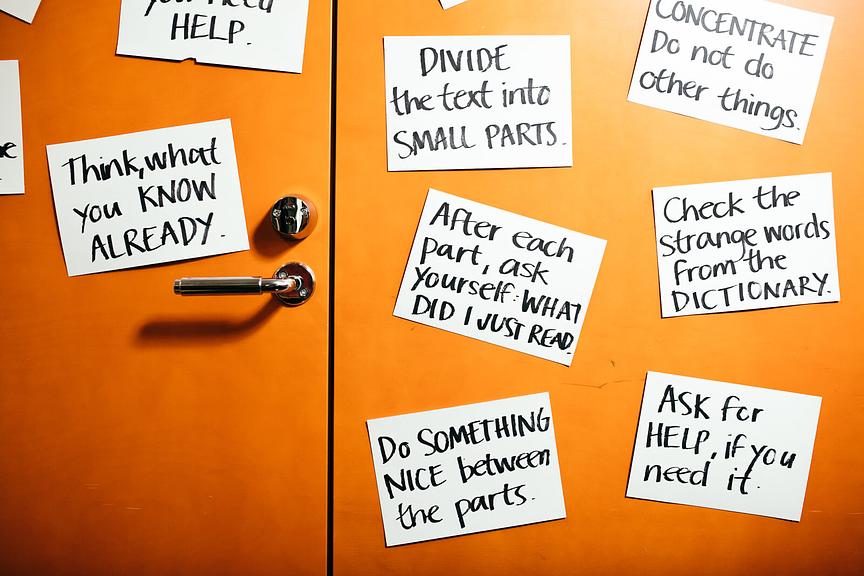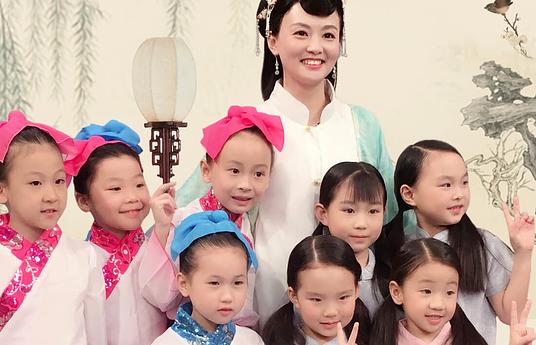Language proficiency in communication is increasingly important in a globalizing world. Versatile language proficiency and readiness for different language environments are also required in working life. At the same time language education is becoming more digital.
In the curriculum of basic education, teachers are being encouraged to collaborate extensively with their colleagues. A communicative approach has been brought to the forefront of language education, i.e. the ability to act in an authentic language environment. This is achieved by developing students’ communication skills, among other things.
Helsingin Suomalainen Yhteiskoulu (SYK) school specializes in teaching foreign languages, such as French, German, Russian and English. The aim is to get children to use languages in innovative ways. Particular attention is paid to how a student can demonstrate their know-how and interests.
This innovation, developed by six foreign language teachers, provides methods and assignments suitable for all languages for other teachers wishing to develop foreign language education.


